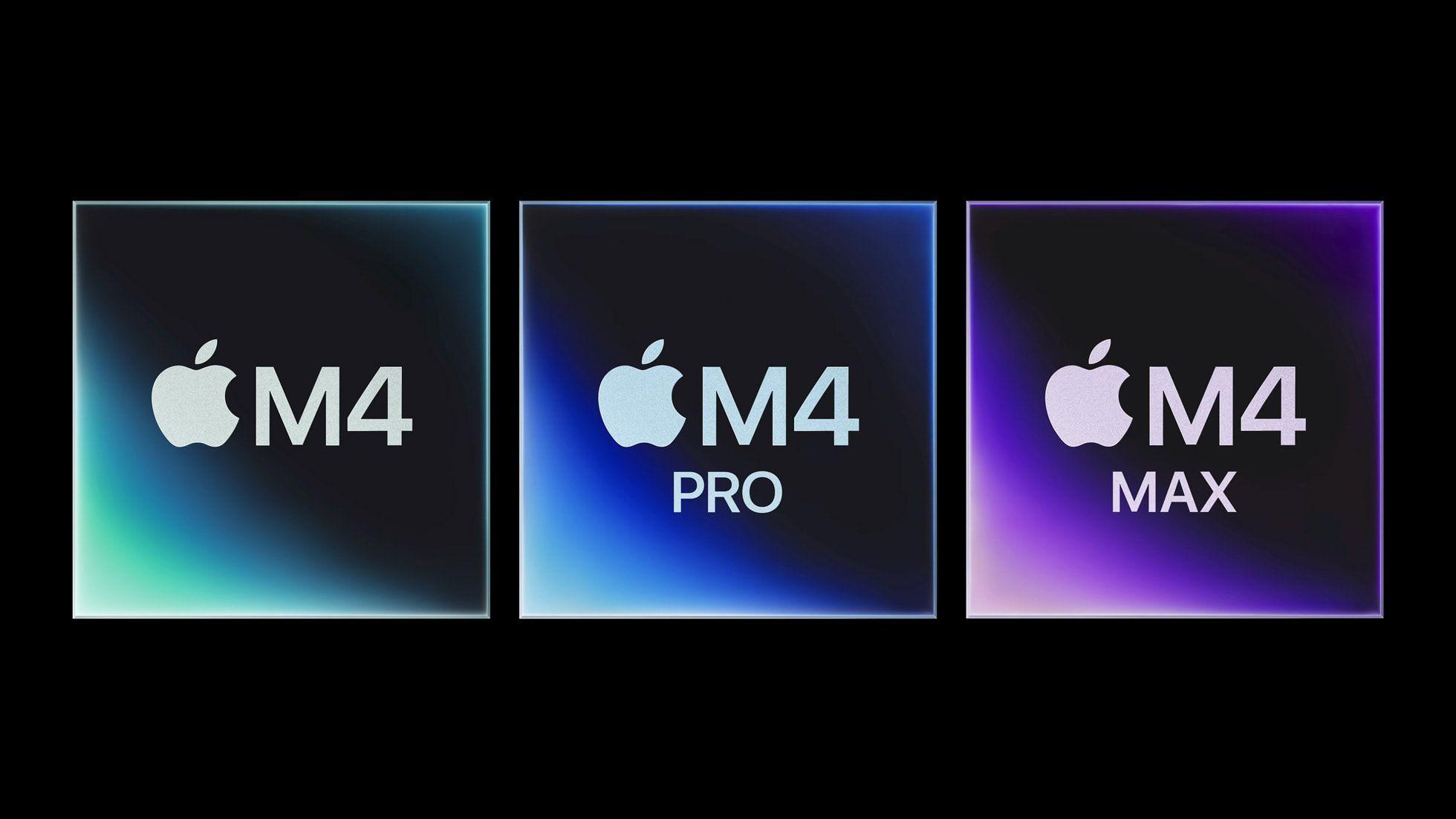- Apple shifts chip power from CPUs to GPUs and memory for better balance
- Efficiency plateaus for CPUs while GPU and Neural Engine performance skyrockets
- MacBook Pros redefine performance around sustained workloads, not raw CPU speed
Apple’s custom silicon has evolved rapidly since the launch of its first M1 processor in 2020 – the first chip that marked Apple’s transition from Intel and focused heavily on processor efficiency.
The power balance began to change with the arrival of the M1 Pro and M1 Max in 2021, where the GPU consumed a much larger portion of the chip’s total power.
The M2 generation largely followed this trend, but the M3 Max increased CPU clocks and power limits, increasing the CPU budget in mobile systems, before the balance shifted back towards the GPU and memory.
Inside Apple Silicon: Part 5 of a 5-part series on M-class processors
This article is the last in a five-part series that digs deeper into Apple’s M-class processors, from the first M1 to the recently announced M5 and our proposed M5 Ultra. Each piece explores how Apple silicon has evolved in terms of architecture, performance, and design philosophy, and what these changes could mean for the company’s future hardware.
M4 goes to Max
When the M4 Max arrived in 2024, adding Thunderbolt 5 to the Mac for the first time, the CPU was no longer the primary consumer of thermal headroom.
Early M1 designs devoted about 18-25W of their power budget to the CPU. The rest went to graphics and memory bandwidth.
The M1 Max consumed around 115W total, but only 25W for its CPU cores. Estimates suggest that the M4 Max processor consumes around 48W in a chip package of around 70W, with Apple allocating substantial power to graphics and memory bandwidth.
The new generation M5, launched a week ago and equipping the new 14-inch MacBook Pro and the new iPad Pro, has a processor consuming a maximum of 15 W out of 25 W.
While it’s unclear when an M5 Max might see the light of day – there was a gap of almost six months between the M4 and the M4 Pro and Max – this version is likely to increase the chip’s total power, but without a significant increase in CPU consumption.
Estimates from Google Gemini-generated data, based on past Apple chip trends, suggest the processor will use around 50W of an overall 95W design, almost identical to the M4 Max’s proportion.
Apple’s power scaling appears to have reached a point where the CPU cores are efficient enough that adding power to the mix provides only minimal benefits.
Benchmark scores for multi-core processors increased relatively modestly, from 13,188 for the M1 Max to 25,000 for the M4 Max.
GPU performance, meanwhile, has increased from around 112,000 for the M1 Max to an estimate of over 200,000 for the projected M5 Max.
The Neural Engine has increased from 11 TOPS in the first M1 to around 133 TOPS in the new M5, supporting Apple Intelligence on the device, with Gemini’s projections suggesting around 400 TOPS for the upcoming M5 Max.
Instead of chasing maximum CPU power, Apple is optimizing for sustained mixed workloads that combine CPU, GPU, and AI processing, ultimately reshaping what we think of as a professional MacBook.
For authoring and machine learning tasks, the gain comes from how efficiently the chip moves data and balances power, rather than how fast a single core executes.
In Apple’s M5 base, the CPU has reached a mature efficiency point, and the real cost of performance now lies in the GPU and memory system.
Follow TechRadar on Google News And add us as your favorite source to get our news, reviews and expert opinions in your feeds. Make sure to click the Follow button!
And of course you can too follow TechRadar on TikTok for news, reviews, unboxings in video form and receive regular updates from us on WhatsApp Also.




